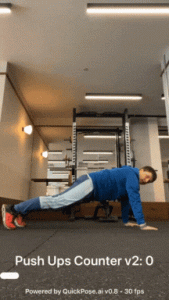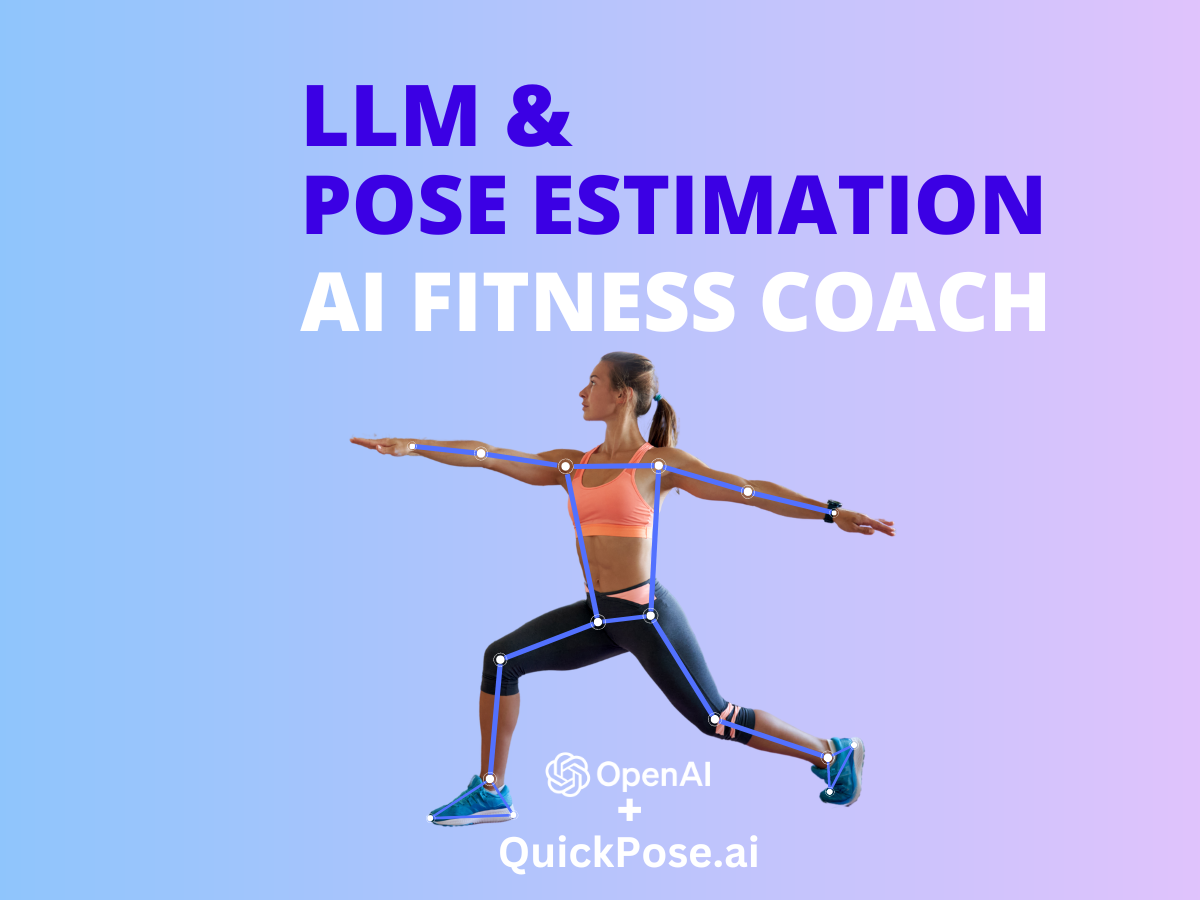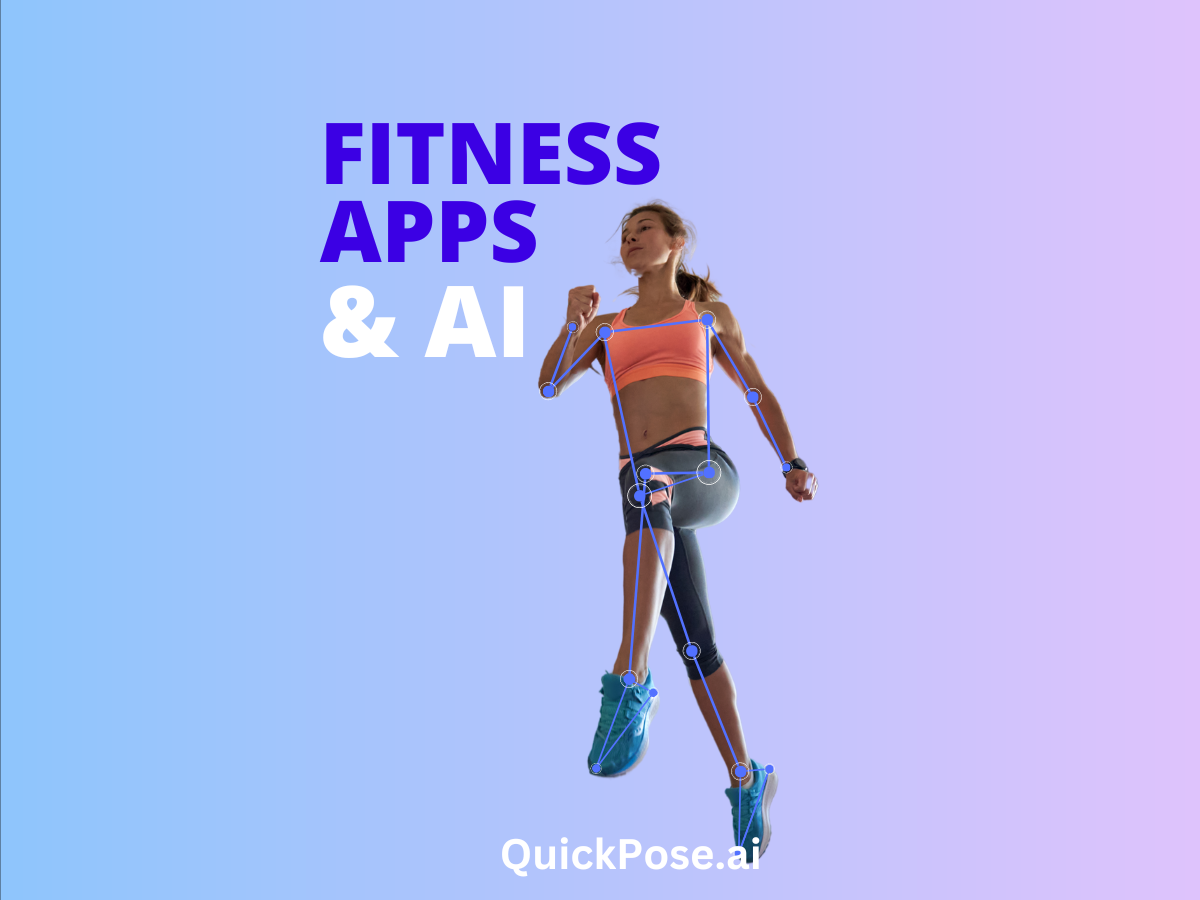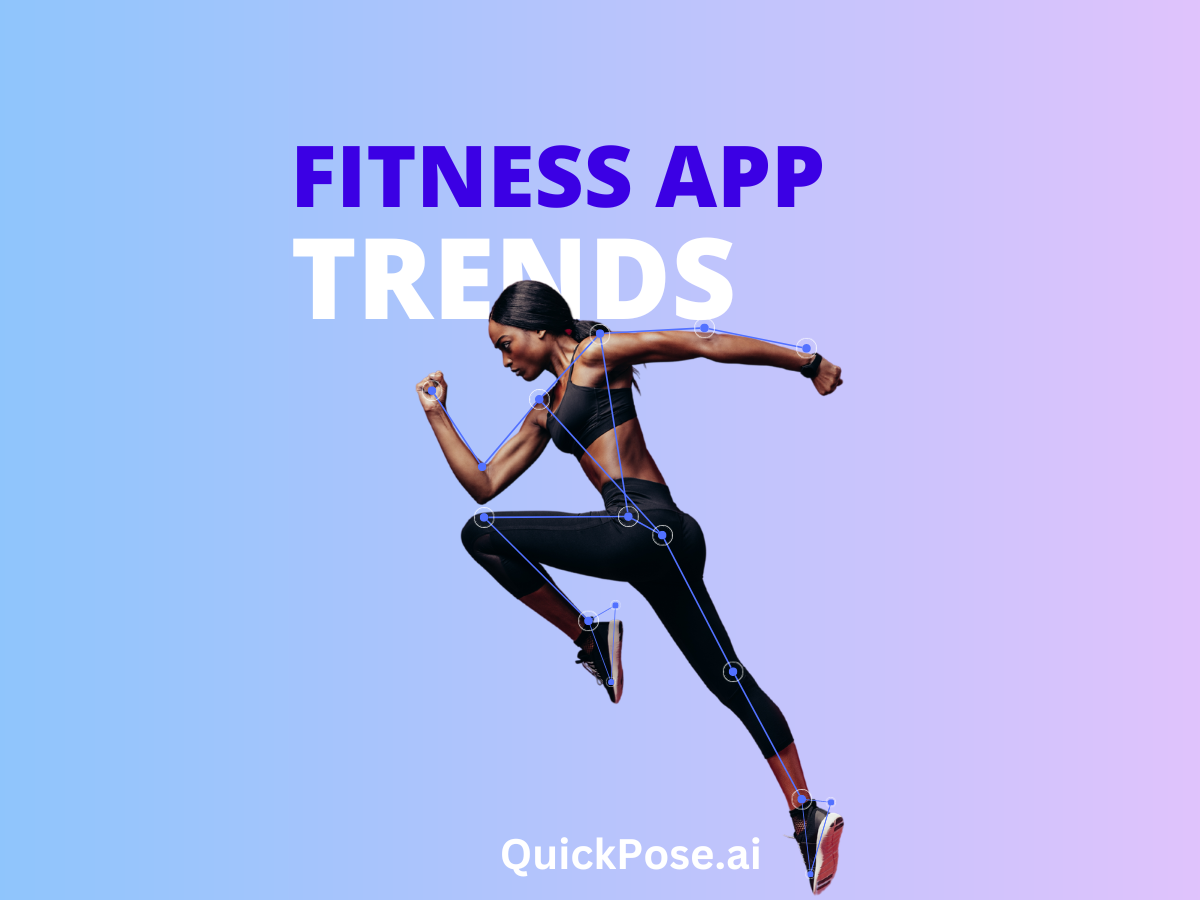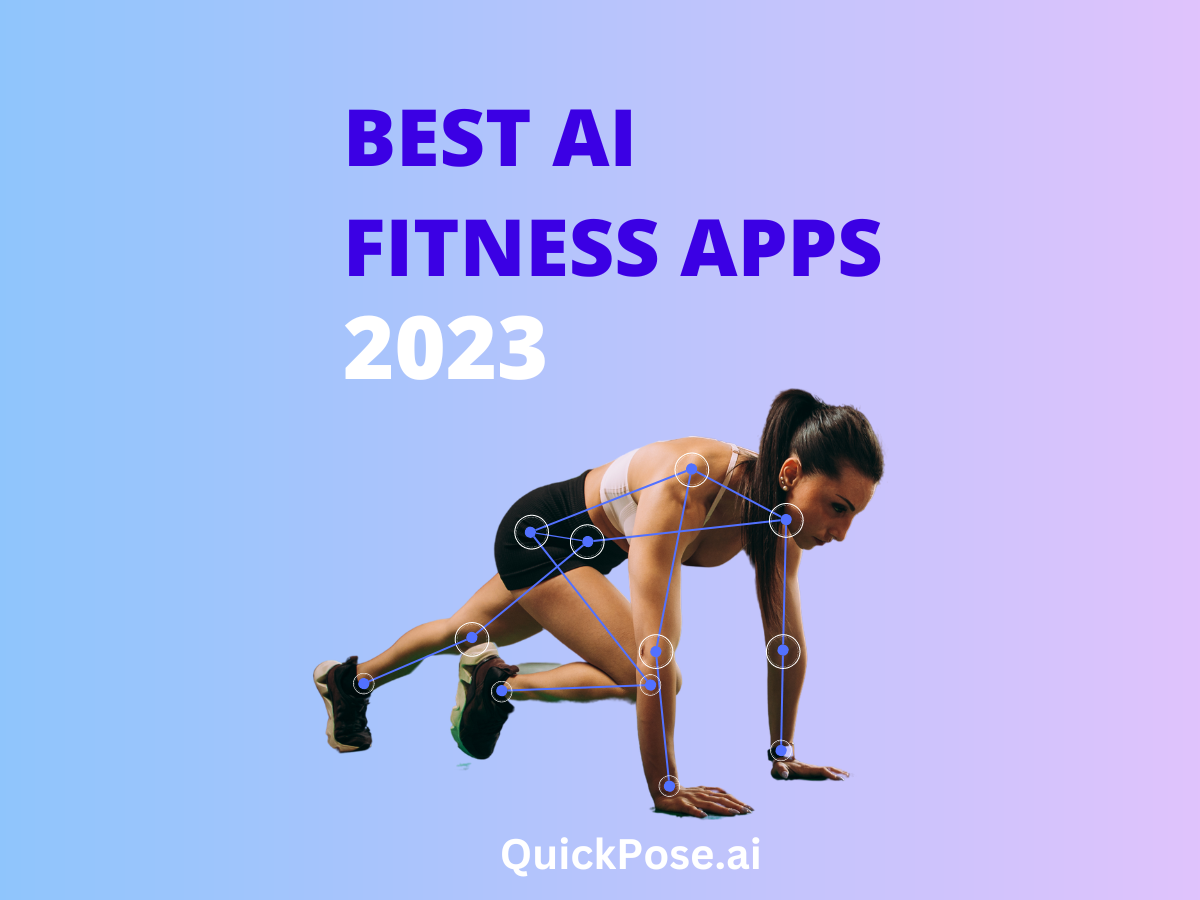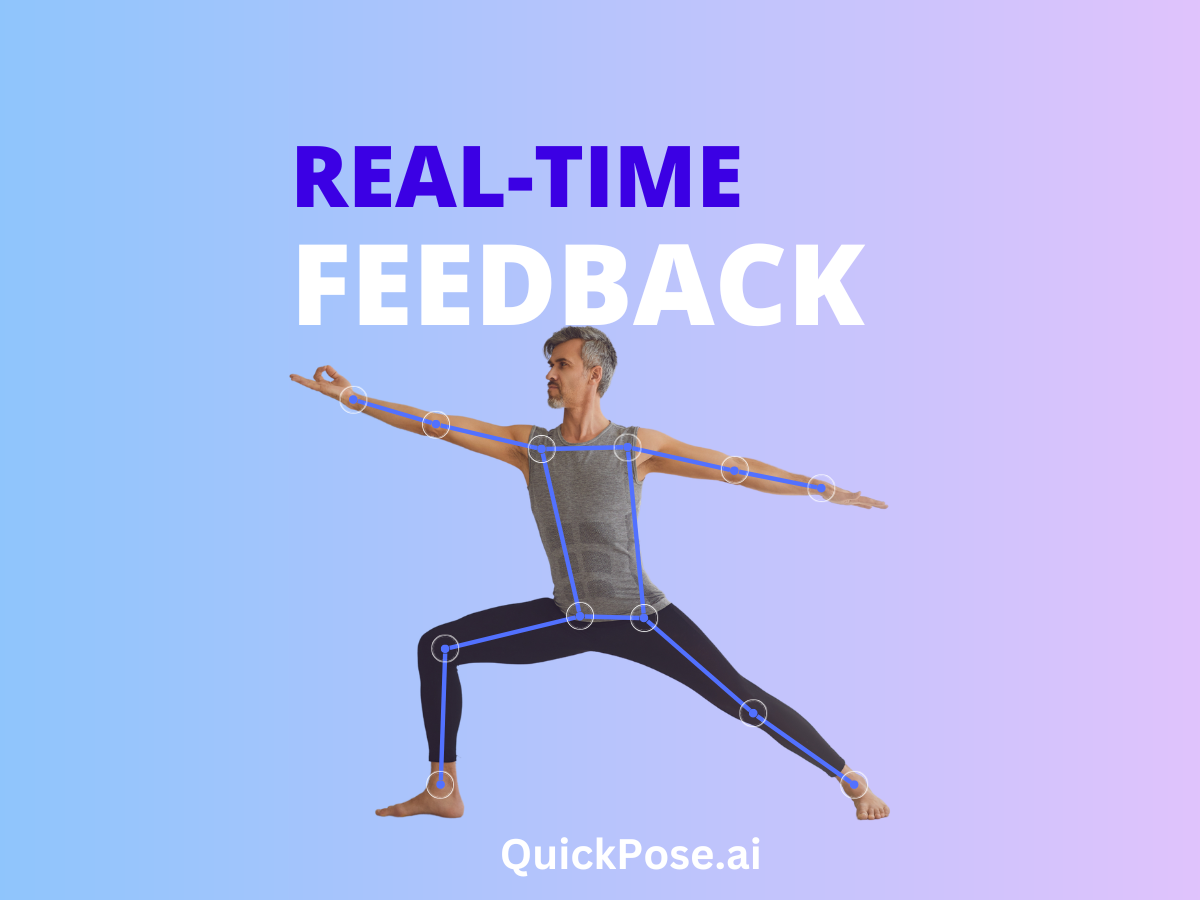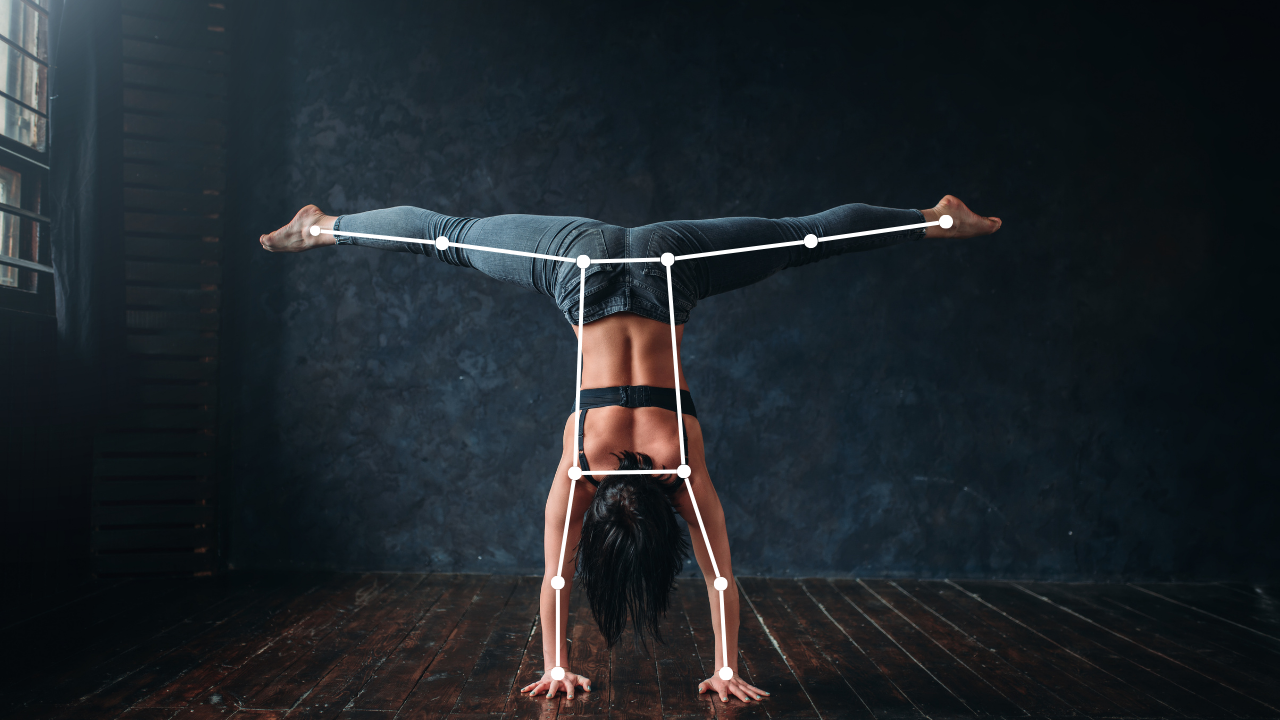What is Move-to-Earn?
Move-to-earn is a concept where users are rewarded with cash or other incentives for completing physical activities, such as walking, running, or biking. These apps use location data and fitness metrics from their device and wearables. Stepn, Sweat Economy and Green Satoshi token are amongst the biggest tokens on the market .
These apps often utilise gamification elements to keep users engaged and motivated to exercise regularly, by incorporating streaks, badges, and displaying user accomplishments.
- Move-to-earn apps are designed to encourage users to exercise by offering monetary incentives, but limited to counting steps and heart rate data
- The apps are popular due to their gamification elements, earning incentives, and sense of mission
- Opportunities exist in combining pose estimation, exercises in fitness apps with tokenisations and NFTs for increased engagement
On the surface, the concept of “move-to-earn” has emerged as a way to incentivise users to exercise more. In this article, we will delve into what move-to-earn is, who benefits from it, the challenges it faces, and potential opportunities for the future.
Who Benefits from Move-to-Earn?
Move to Earn for App Developers
For app developers, the primary goal is to generate revenue by making things that people want. By increasing user engagement and promoting physical activity, developers are able to attract more users, leading to higher ad revenue and potential monetisation opportunities. Sweatcoin was the first app to tokenise walking successfully, becoming the first walking app to acquire over 100 million downloads, and this was before crypto. Users could trade their daily steps for prizes and discounts.
How does Move to Earn benefit Users?
For users, the benefits vary between cash rewards, motivation to exercise, and the daily doses of dopamine engineered by gamification elements of the apps. In short: they’re fun and healthy, with the added bonus that you could become wealthier in the process.
App developers claim their goal is to improve the health and fitness of users. However, the underlying motivation is revenue generation. As a result, there may be a conflict of interest between developers and users.
The Gamification Element
As well as motivating people to be healthy, move-to-earn apps use key gamification elements that attract different types of users. Users find it fun to score points and unlock achievements while engaging in physical activities. After all, these mechanisms are present in real-life fitness too, such as scoring goals in football, beating your personal best at jogging.
Users on a mission is a win-win
Move-to-earn apps create a win-win situation for both developers and users. Developers benefit from increased user engagement and revenue, while users enjoy the motivation and sense of mission that the app provides.
The Problem with Move-to-Earn
Different Definitions for Different Stakeholders
For users, “move” refers to physical activities like sports and exercise. For app developers, it means location data, which can be sold to third parties like banks, advertisers, and insurance companies. The definition of “earn” also differs, with users focusing on the chance to earn money, while developers look for incentives that drive more revenue.
Currently the main physical token that is “proof of exercise” comes from location data and fitness metrics that measure data such as heart rate. Additionally, users can manually add data such as completed workouts and meals consumed.

64 players of Pokemon Go are rewarded for movement that the users don’t do themselves.
Image first found in the article “Move-to-Earn: the Future of Mobility Data and a Gateway to Mobility as a Service” by Jarren Minorgan
Original photo by Lin Jiaqi
What does this have to do with Pose Estimation?
Pose Estimation can validate the exercises that a user does, creating a more robust system of effort and reward.
The push up counter above is available through our TestFlight demo for iOS. On this app you can see a variety of exercises that we have trained our AI models to count, which can validate that a user has actually completed push ups.
Get Access to Our TestFlight Demo
Check out QuickPose iOS SDK abilities in our TestFlight Demo app.
Pose Estimation: Validation for Move-to-Earn
A potential solution to the challenges facing move-to-earn apps is the integration of pose estimation technology. Pose estimation is an AI-driven approach that can accurately measure and track various fitness exercises, such as push-ups, jumping jacks, and more. By implementing pose estimation, move-to-earn apps can create a more engaging, accurate, and rewarding experience for all stakeholders involved.
Benefits for Users
With pose estimation, users can enjoy a more personalised and accurate fitness tracking experience. The technology can recognise specific exercises, ensuring that users are rewarded fairly for their efforts. This also allows for a greater variety of exercises to be included in the app, increasing the appeal to a broader range of users with different fitness preferences and abilities.
Benefits for App Developers
By incorporating pose estimation, app developers can improve user engagement and retention. As users recognise the accuracy and variety of exercises tracked, they are more likely to continue using the app and recommend it to others. This increased engagement can lead to higher ad revenue and other monetisation opportunities for the developers.
Additionally, with more accurate exercise tracking, developers can gain valuable insights into user behaviour and exercise habits, which can be used to improve and tailor the app experience further. However, this is assuming that the main goal of the App developer is making people fitter. Enriching their workout data by knowing success rate of each push up, or depth of squat, or reduction in form gives ultra-accurate data that developers can learn from and create optimised user experiences.
Benefits for Third-Party Stakeholders
For third parties such as advertisers and insurance companies, pose estimation technology can provide more accurate and reliable data on users’ fitness habits. This can lead to better targeted advertising campaigns and more informed decisions regarding insurance premiums and other financial products.
In conclusion, implementing pose estimation technology in move-to-earn apps can lead to a more engaging, accurate, and rewarding experience for users, app developers, and third-party stakeholders alike. By embracing this innovative technology, the move-to-earn industry has the potential to revolutionise the way people engage with fitness and exercise, ultimately promoting healthier and more active lifestyles.
Need help building an AI project?
At QuickPose, our mission is to build smart Pose Estimation Solutions that elevate your product. Schedule a free consultation with us to discuss your project.

